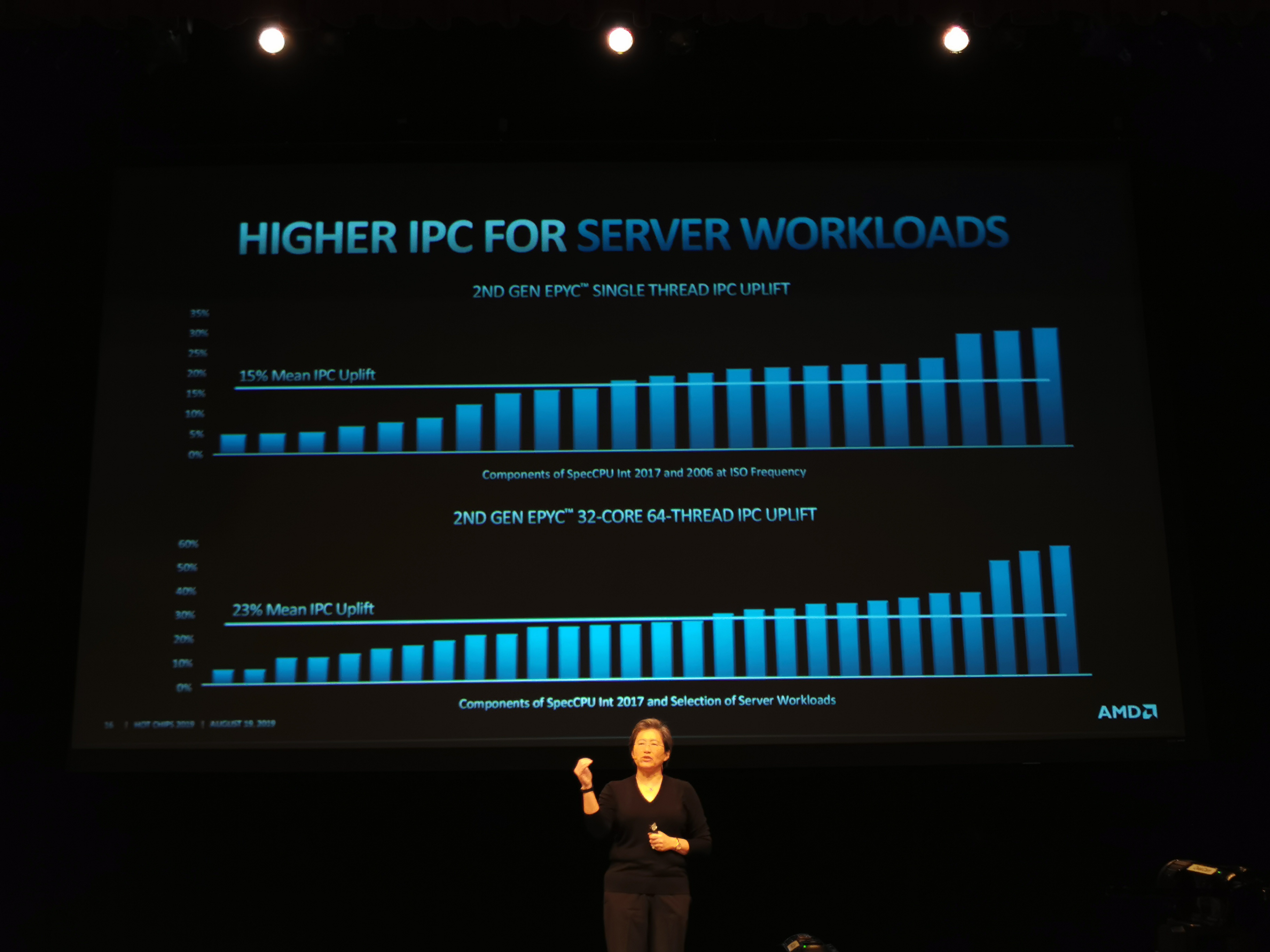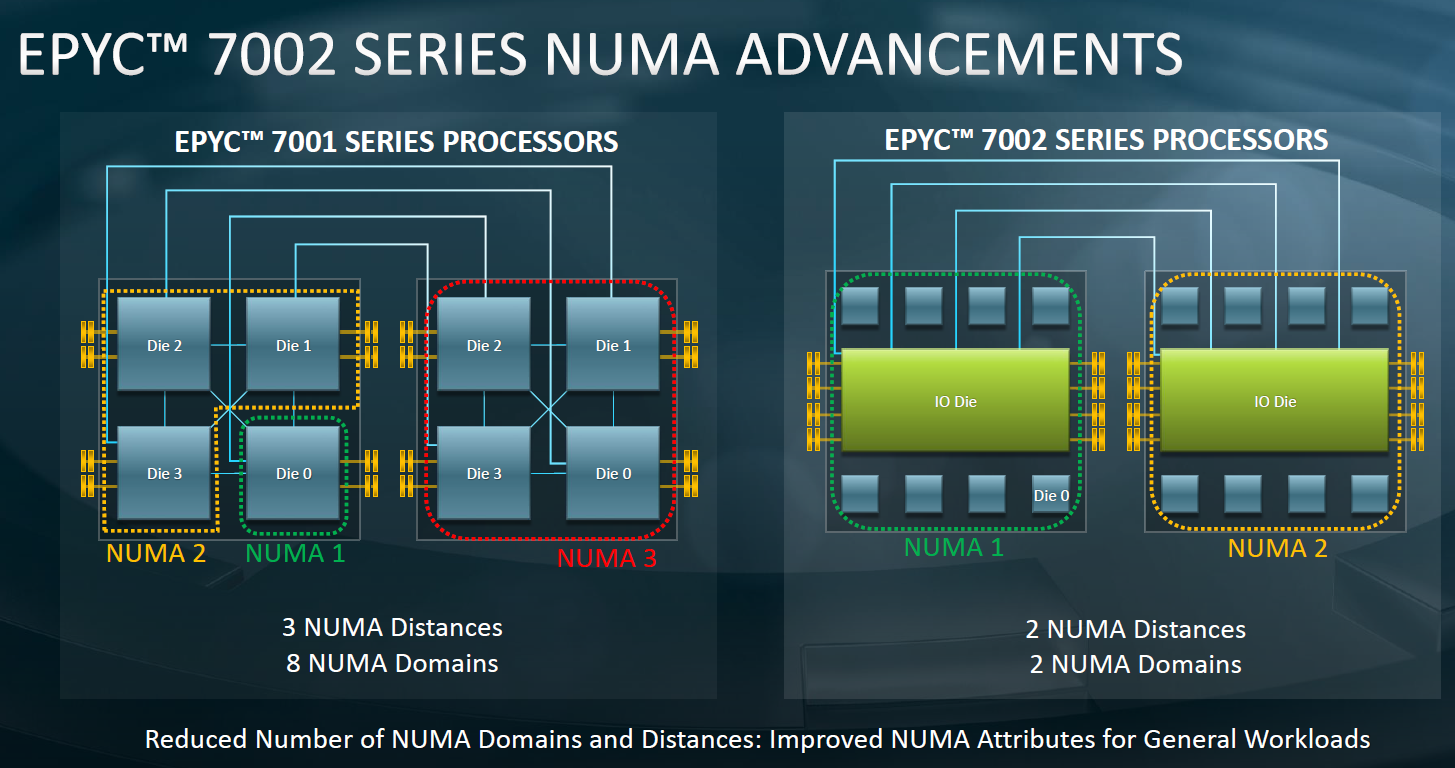I think the crux of what the IT guy was saying is that they already have intel, they know intel, flaws and all. They've vetted Intel's products for decades, they know their software stack works on it, and if it doesn't, it's a known quanity, and they have workarounds to make it work with their business. To throw that away and start with a new hardware vender takes time, a lot of time. more than months, years. They need to ensure the hardware is rock solid, and actually has compatibility with their software stack, and meets expectations in terms of performance and reliability.
I would say that ever since last year with the security issues intel has been hit with, and AMD offering somewhat competitive parts a lot of IT firms have probably started looking closer at Epic, perhaps some have them on their benches or in their racks as side projects, just to see if it's viable. Now that Rome is here, more of the hold outs are likely also starting to more seriously consider evaluating the platform.
But the evaluation will take time, you can't risk your multi-million/billion dollar business on a 2 year old line of products, so if they evaluate over the next few years, and everything works, as they should, and AMD keeps delivering on their roadmaps, more and more IT companies will start shifting over.
But obviously the Intel sales team will be aggressively trying to keep them as well, by offering deep discounts. So, if you are given a choice of adding more servers that are equivalently priced, but has 100% guaranteed compatability no risk to your farms, vs, a new system without that, the choice is not so clear cut.
I'd bet that IT companies are happy AMD is here, just to help them get cheaper prices on their already planned purchases, probably similar to a lot of the consumer market that buys Intel/Nvidia, "c'mon AMD be more competitive, not so I can buy your stuff, but so that the prices of your competition can stay in control"





